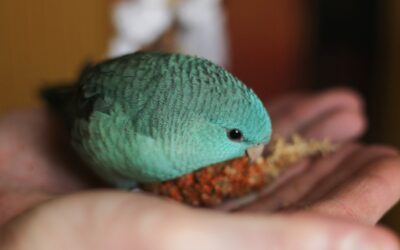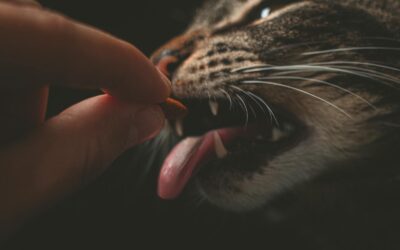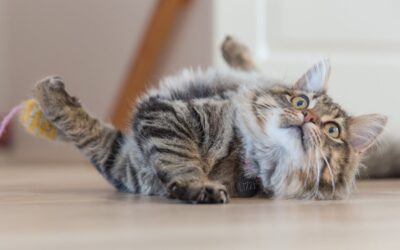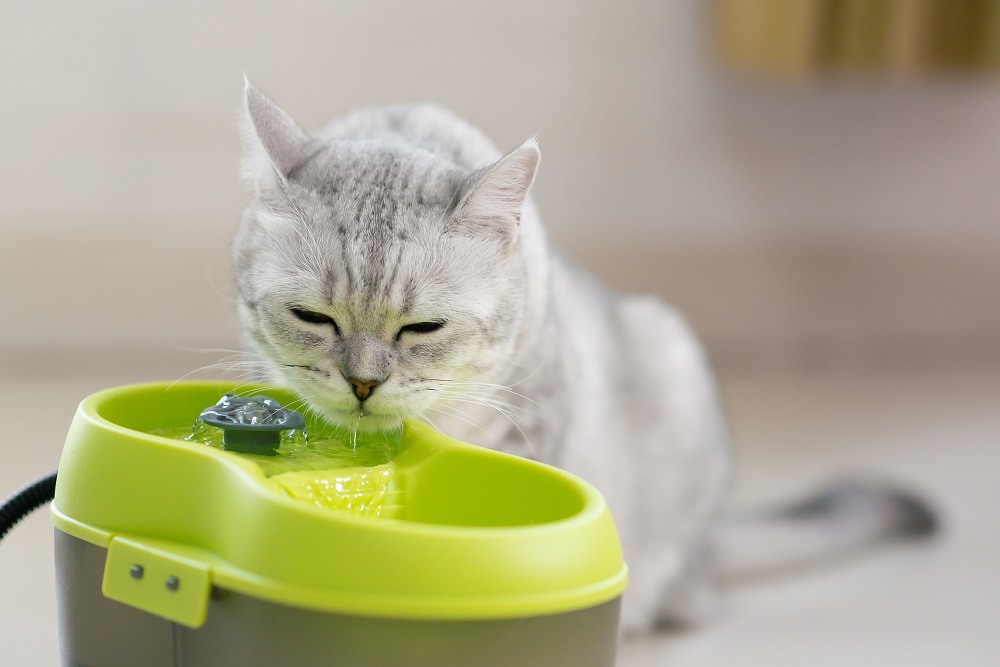
If you’re a cat or dog owner, you may have noticed that in recent years, many of your fellow pet parents have turned to using a water fountain to keep their furry friend hydrated. Traditional water bowls appear to have gone firmly out of fashion! Why? And should you be switching to a cat or dog water fountain as well?
Let’s go into water fountains for cats and dogs, what the advantages are and what to look for in a fountain, so you can see what the hype is all about.
Why should you use a cat or dog water fountain?
Cat water fountain
Have you ever noticed how drawn some cats are to running water? I remember one of my parents’ cats always managing to wedge itself into the bathroom and staring intently at me while I brushed my teeth until I turned on the tap. It had a perfectly good water bowl available, but cats instinctively judge running water to be fresher and therefore more desirable.
We’d say that anything that may get your cat to drink more water is a good thing. This is because cats are considered “poor drinkers” (Groves, 2021). The dry diet we tend to feed our felines can be a risk factor for dehydration, especially in older and ill cats. That’s why it’s so important for cat owners to offer attractive water sources!
Set up your cat’s new water fountain in a spot where your furry friend feels comfortable. Don’t be discouraged if it ignores it at first: just leave its normal water bowl available and give it some time. Cats don’t always like new things, but most will eventually cave and check out where that attractive trickle is coming from.
Dog water fountain
The reasons dogs tend to be attracted to water fountains are similar to the ones discussed above for cats. They have evolved to prefer running over still water, as it’s more likely to be fresh. Many pooches seem to find drinking from a fountain entertaining, making it a helpful tool in your dog hydration arsenal.
Additional advantages include the filtration system that removes stuff like hair and the fact that fountains can usually hold more water than a bowl. Most dogs don’t need much encouragement to try their new fountain, but keep its old water bowl around just in case. It’s a good idea to offer multiple sources of freshwater anyway!
Did you know? We’ve found that there is another type of animal that enjoys pet water fountains: parrots. Bird regularly bathe and many seem to find the trickling water of a fountain much more attractive than a normal bird bath filled with still water.
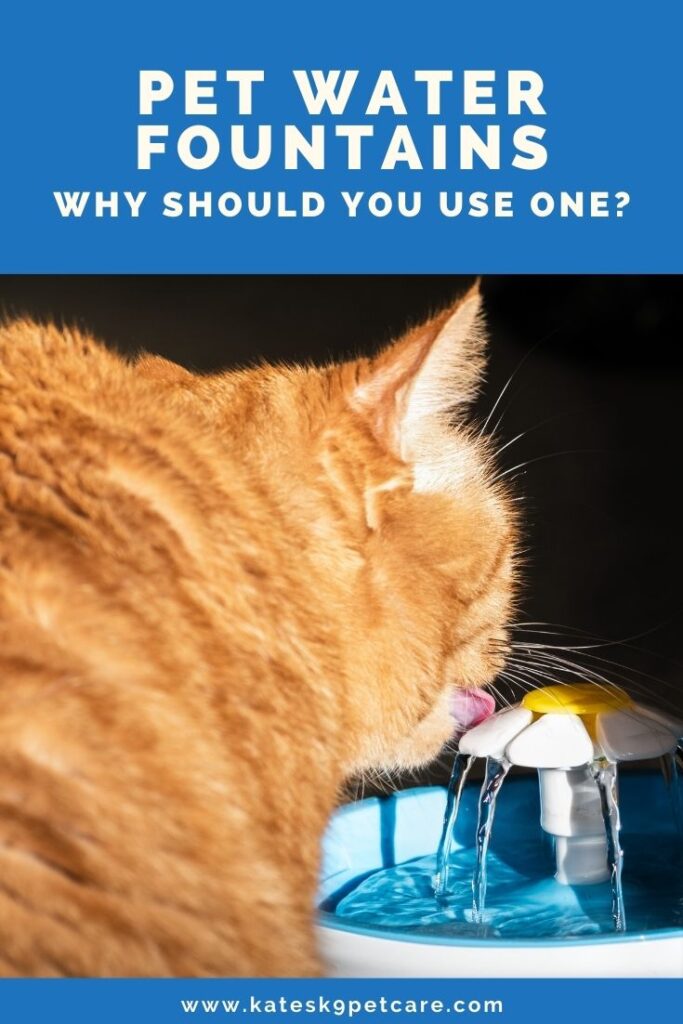
Types of water fountains
There are a bunch of different types of water fountains for pets out there, which range greatly in price. We’ve tried a few different ones and have concluded that they all do what they need to do, but some are definitely more ergonomic, sturdy and easy to clean than others.
Some things to consider when choosing a fountain are:
- How large is it? A single cat doesn’t need a fountain with gallons of capacity, while multiple big dogs obviously require the XXL dog water fountain option.
- Can it go in the dishwasher?
- Does the design match your home? Luckily for the interior-conscious pet owners among us, there are loads of different pet water fountain designs.
- Does it include a (carbon) filter? This is especially handy in areas where chlorine/chloramine is used in the water, as it removes the unpleasant taste and odor so your furry friend can drink tap water.
- How loud is it? Trickling water may attract your pet, but can also become bothersome.
- Is it suitable for outdoor use? If you’re looking for a fountain to keep your pet hydrated while it’s outside, look for an outdoor water fountain. These usually connect to a hose.
- Does the pump have run dry protection? If it doesn’t, it can burn out if your pet drinks too much while you’re away.
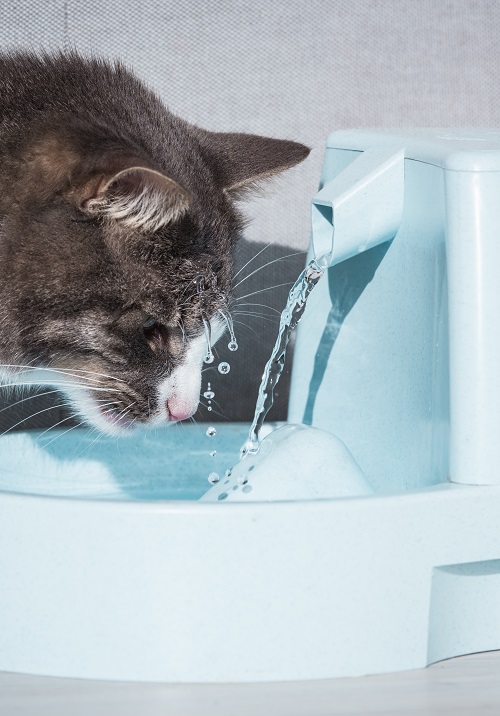
Water fountain maintenance
Although a water fountain is a great option to provide your pet with fresh water at all times, that doesn’t mean you can leave it running indefinitely. They do need regular cleaning or slime will start building up and fouling the water. The water itself should be changed on a daily basis, while disassembling the fountain for a deeper clean is necessary at least weekly.
Luckily, cleaning most water fountains is a breeze, although it does depend on the specific design! Your specific fountain should come with a manual that goes into cleaning, but most are pretty similar:
- Unplug the fountain to drain and disassemble, taking out the pump and filter material.
- Disassemble the pump if possible so you can give it a good rinse and remove dirt or debris. We use a q-tip to remove grime if there is any.
- Rinse the filter material (usually charcoal), but don’t use soap on it. Keep in mind that active carbon has to be replaced every once in a while or it’ll lose its effectiveness (as with a Brita filter or similar products).
- Pop the other parts in the dishwasher or wash them by hand using warm, soapy water.
- Remember that skinny tubular parts might not get cleaned properly in the dishwasher, so it’s handy to do those separately using a tube brush.
- Hard water build-up (white flaky crust or stains) is easily removed with a mixture of water and white vinegar.
Conclusion
Proper hydration is incredibly important for your pet’s health and long-term well-being. Because pets are attracted to running water, a cat or dog water fountain can be an ideal way to help them drink enough! There are many different brands available and maintenance is a breeze.


